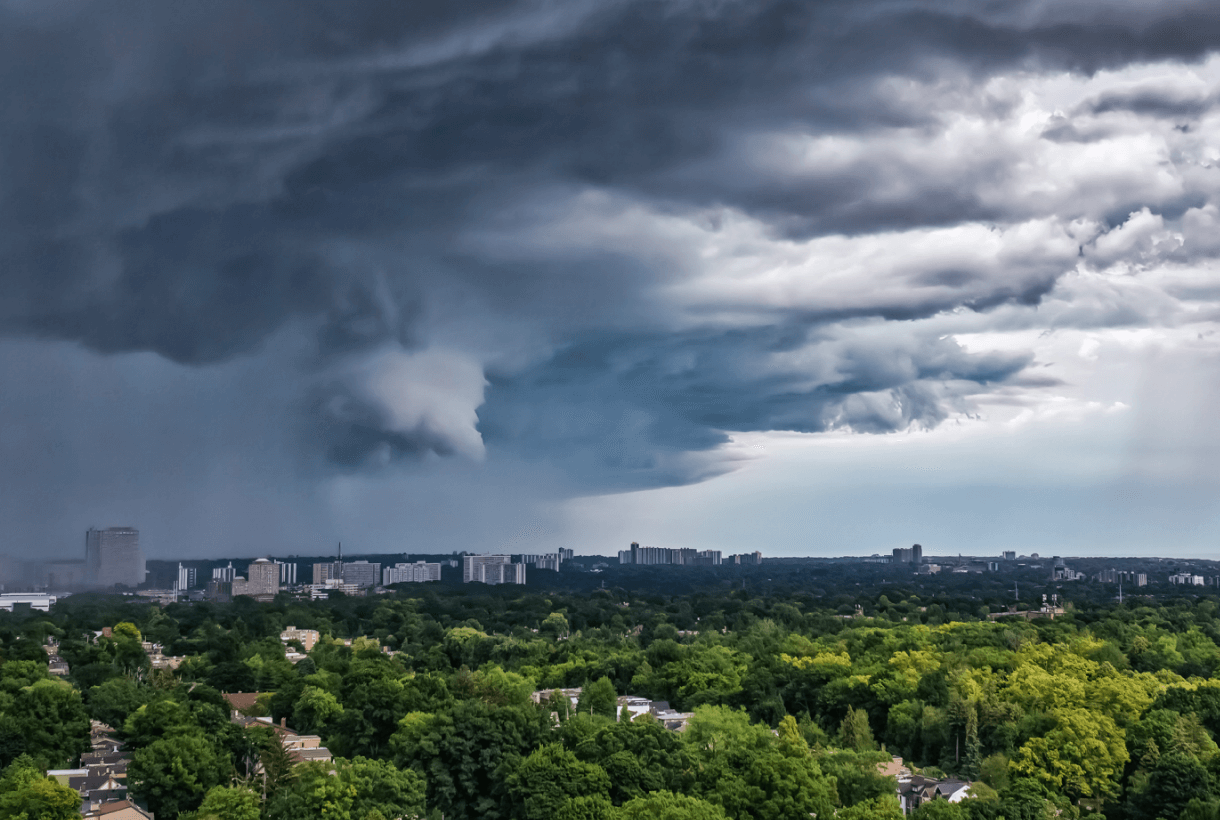Tornado strikes are fast, furious and more frequent now, causing severe property damage, injuries and fatalities. During the month of April 2024, the U.S. experienced at least 300 tornadoes, the second-highest month on record. In May, at least one tornado was reported almost every day.
Advanced training, drills and tabletop exercises can help keep your people, places and property safe and secure. Here are eight tips for running a successful tabletop exercise and ensuring that everyone is better prepared for the next tornado or other natural disaster.
8 Tips for More Effective Tabletop Exercises
1. Plan ahead to maximize the value of the exercise.
To make best use of the time allotted for the exercise, send out a pre-exercise video or a short PDF with an overview of what to expect. Identify and assign necessary roles in advance and who will fill each. Examples include a scribe to keep a log of the entire exercise, a coordinator to keep the teams organized and a facilitator to run the exercise and ensure the timeline is followed. Objectives should always be stated upfront. By taking care of these administrative details in advance, you’ll have maximum time to focus on the exercise itself. OnSolve by Crisis24 supports full planning, facilitation and post-exercise activities to ensure maximum value from the exercise.
2. Deliver stakeholder buy-in with realistic scenarios.
For the vast majority of organizations, crisis management is both a team endeavor and a collateral duty for crisis management teammates. The success of an exercise is often dependent on the level of buy-in, engagement and participation by stakeholders in the process. Realistic and practical scenarios go a long way in achieving this end-state. OnSolve by Crisis24 leverages real, historic risk data to craft scenarios that resonate with participants, keeps them engaged and gives each participant information, questions and tasks to consider.
3. Consider the importance of life-like information during a crisis.
This is another way to keep up engagement and make the exercise feel more life-like. Consider how people most often hear of incoming severe weather. A mock news reel is a realistic way to cue the participants, convey a sense of urgency and get them thinking about how to prepare. Social media is another outlet to include. Given the volume of information posted and how quickly it spreads, participants should be encouraged to consider the sources and determine the validity of the information presented. OnSolve by Crisis24 provides life-like material for the exercise to demonstrate how information is sourced, validated, contextualized and communicated during a crisis.
4. Ask discussion questions.
Pose thought-provoking questions at every phase of the exercise. It’s important for participants to consider real-life factors, try different tactics and experience the consequences within the safety of the exercise. This can help them understand that sometimes you must try a course of action and then adjust accordingly. The discussion questions should drive an active exchange that considers both safety and business continuity. Having dedicated facilitators, like the ones OnSolve by Crisis24 provides during exercises, empowers the whole team to engage in the exercise and ensures guided and structured discussion and problem solving.
5. Assess the impact across the organization.
Because an exercise is intended to simulate real life, new information and developments should play out with unpredictable speed and frequency. Participants will need to reconsider what constitutes a priority at each phase. To do so effectively, they’ll have to continuously assess impact across the organization. Property damage, employee safety, supply chain, customers and impact to partners are all factors. OnSolve by Crisis24 helps customers understand how their critical event management (CEM) technology provides accurate, timely and comprehensive data about these impacts as the crisis unfolds and evolves.
6. Be disciplined with crisis communications.
Participants should get a sense for how challenging it can be to keep everyone informed during a real-life disaster, as well as how mass notification technology can ease the process. How will you communicate with all stakeholders throughout the event? Determine which groups of participants will have limited communications. Remove access to computers, cellular coverage and other modes of communication. Determine which groups need updates and at what frequency. A multi-modal means of sending alerts keeps people safe and informed in a dynamic environment. OnSolve by Crisis24 designs scenarios with the intention to test crisis communications, as well as mass notification technology.
7. Be diligent with your “hotwash."
Make sure you leave enough time to debrief. Following military exercises, equipment and weapons are given what’s called a “hotwash” because they are cleaned while still warm from use. This immediate action post-exercise is crucial for maintenance and prevents long-term rust. Take a similar approach to exercises. Debrief what happened during the exercise while it’s still fresh in people’s memory. Give the debrief structure so that a comprehensive outlook is captured, and all participants provide feedback. The debrief should always include both what went wrong and what went right. What were the first actions taken? When did you decide to activate your crisis plan? Did technology support them? OnSolve by Crisis24 helps with this by building a debrief into the exercise design and provides a specialist to facilitate both the exercise and debrief.
8. Go beyond the After Action Report (AAR).
An after-action report is a process for documenting the findings from an exercise debrief. Go beyond the AAR by conducting a gap analysis that directly identifies areas for improvement. Create an executive summary outlining your key findings and specific recommendations. Next, roadmap a remediation plan by identifying the necessary investments in people, process or technology needed to address these gaps. Post-exercise activities are critical for capturing the full value of a tabletop exercise, but this can often feel the most overwhelming. OnSolve by Crisis24 comes alongside customers post-exercise to help with this process.
To learn more about assessing your organization's readiness and identifying any gaps in your crisis response plans, contact us today.

